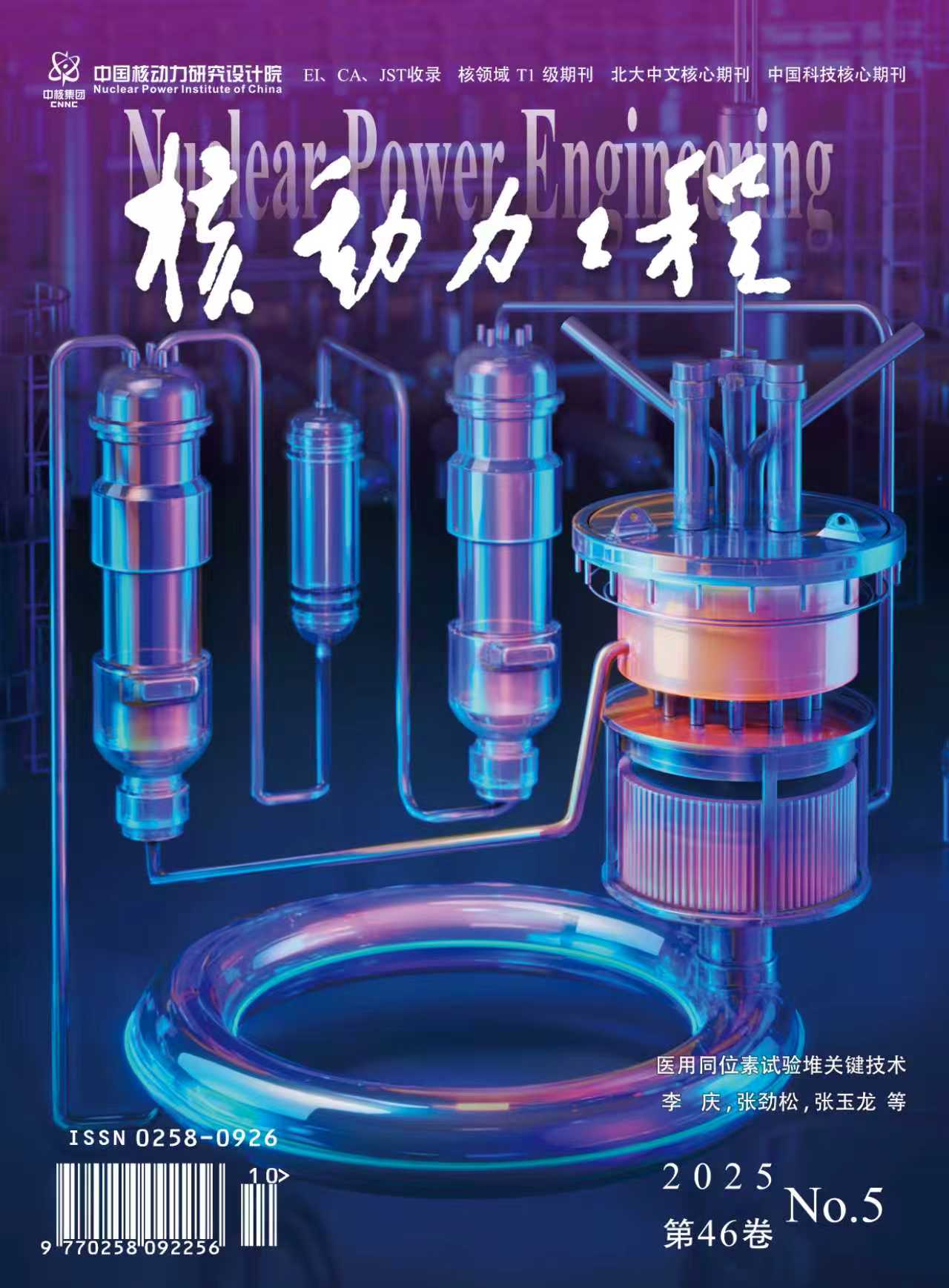2008 Vol. 29, No. 2
Display Method:
2008, 29(2): 1-4,10.
Abstract:
2008, 29(2): 5-10.
Abstract:
2008, 29(2): 11-15,29.
Abstract:
2008, 29(2): 16-19.
Abstract:
2008, 29(2): 20-23.
Abstract:
2008, 29(2): 24-29.
Abstract:
2008, 29(2): 30-34,42.
Abstract:
2008, 29(2): 35-38.
Abstract:
2008, 29(2): 39-42.
Abstract:
2008, 29(2): 43-47.
Abstract:
2008, 29(2): 48-51,96.
Abstract:
2008, 29(2): 52-54,69.
Abstract:
2008, 29(2): 55-57,73.
Abstract:
2008, 29(2): 58-60,104.
Abstract:
2008, 29(2): 61-65.
Abstract:
2008, 29(2): 66-69.
Abstract:
2008, 29(2): 70-73.
Abstract:
2008, 29(2): 74-77,84.
Abstract:
2008, 29(2): 78-84.
Abstract:
2008, 29(2): 85-87.
Abstract:
2008, 29(2): 88-91,101.
Abstract:
2008, 29(2): 92-96.
Abstract:
2008, 29(2): 97-101.
Abstract:
2008, 29(2): 102-104.
Abstract:
2008, 29(2): 105-109.
Abstract:
2008, 29(2): 110-113.
Abstract:
2008, 29(2): 114-118.
Abstract:
2008, 29(2): 119-123,128.
Abstract:
2008, 29(2): 124-128.
Abstract:



